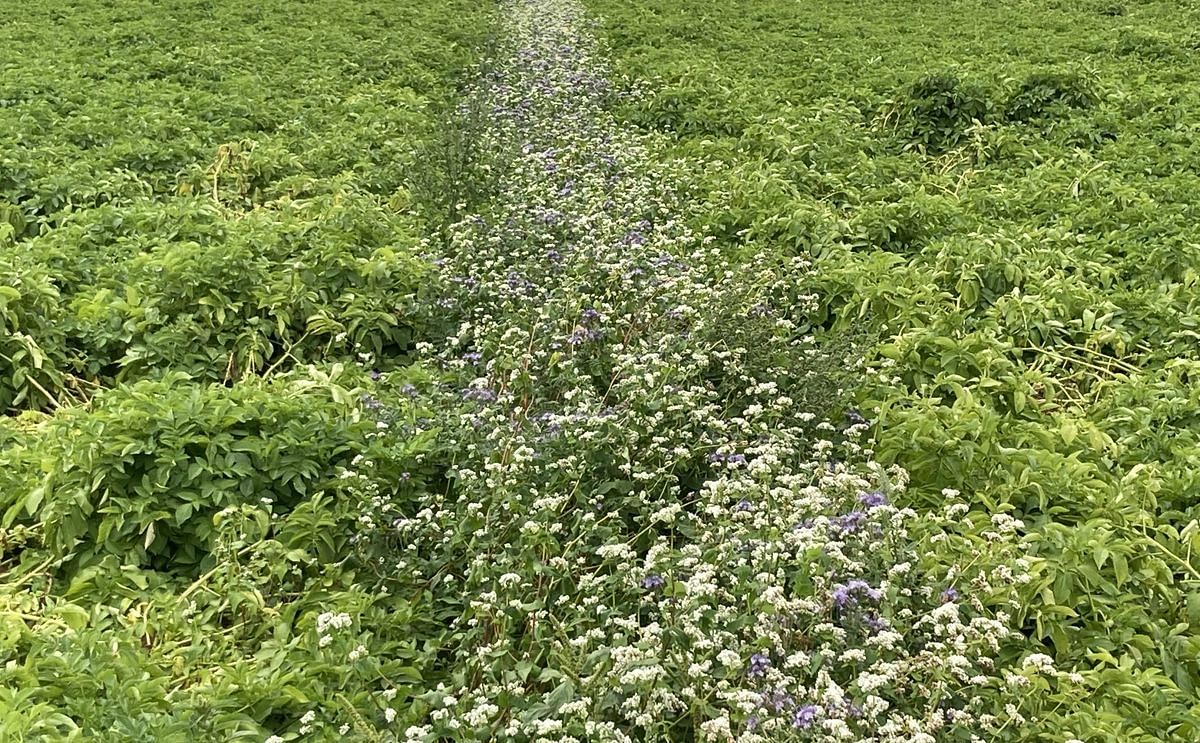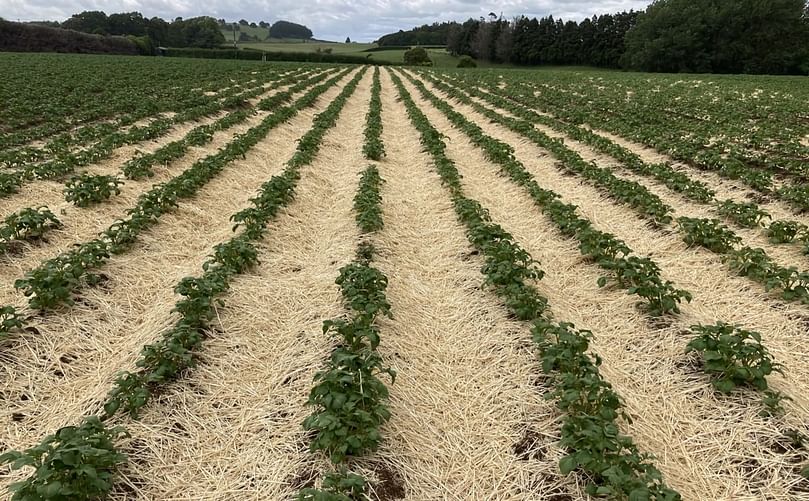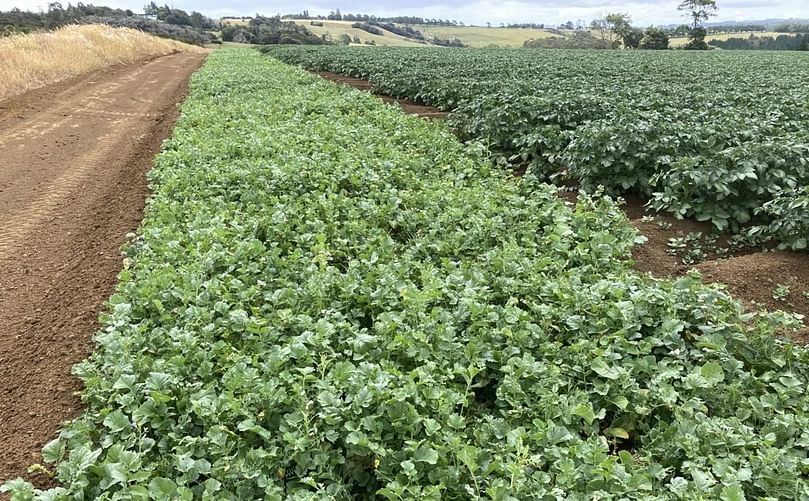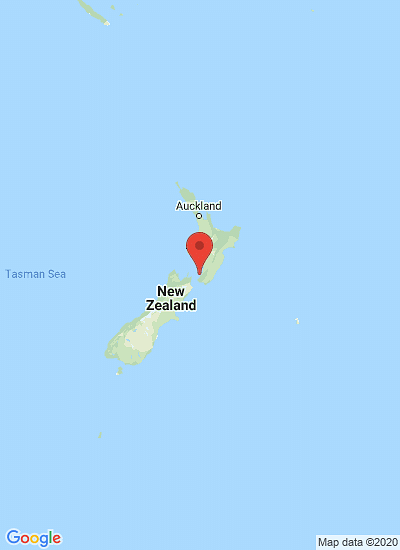Pukekawa (NZ) trials to control the Potato Tuber Moth
Pukekawa (NZ) trials to control the Potato Tuber Moth

Two trials in Pukekawa, New Zealand, are showing some early promise for potato growers when it comes to greater control of the potato tuber moth, Phthorimaea operculella (PTM).
The pest, which comes from South America and has now been found in over 90 countries, particularly presents a problem around Pukekohe. This is due to the area’s dry, hot summers and mild winters which allow potato growers to leave their crops in the ground from mid-January through to April. But cracks in the volcanic clay soils provide plenty of opportunity for tuber infection by PTM larvae.
Organophosphate pesticides have been relied on at the later stages of potato growth for PTM control but due to overuse, environmental impact and resistance developing many are now being phased out, said Pukekohe company, Inta-Ag’s chief executive officer, Shane Smith.
Integrated pest management (IPM) strategies have been looked to for the future, but biological controls can be affected by ultraviolet light or rain. While irrigation is one of a number of cultural methods used, growers face a trade off with late crop potatoes left in the ground, as they would prefer to use this water on their still growing crops to increase yields, he said.
IPM programmes are being focused on but being slower to work and often working at very specific growth stages of the pest, growers and agronomists will need to build up an understanding of how this can be integrated into a future programme, he believes. So Inta-Ag has been running a trial on a potato grower’s land at Pukekawa using straw mulch to see what effect it can have on PTM. The one hectare trial site had 10 tonne of straw mulch applied in October last year with several traps set up to catch PTM as well as TPP.

Straw mulching inspired by organic methods to manage PTM
It was too early to yet tell how effective mulching was with full results from the Pukekawa trial expected in April or May when PTM damage can be fully assessed after the potato crop has been in the ground for some time. But he said from his weekly visits to the trial site it already appeared that nightshade, potato growers’ worst weed threat, was being kept at bay.
When it came to potential costs for growers looking at straw mulching for their crops, Shane said this needed to be balanced against the expense of using pesticides. And a lot would depend on the price of the straw mulch they used. The potato grower involved in the trial also grew barley, so rather than selling the baled straw was able to use this as mulch, considerably reducing his costs.
Shane Smith:
"A lot of Pukekohe growers are growing barley now as a break crop before onions. It depends what will work for each grower."Some might decide to try the mulching just on their late planted potato crops as well as further finetuning crop rotations in line with IPM principles.
Shane Smith:
"There may be a mix of two of three different techniques."Already there are plans for the trial to be repeated next season over a larger area. Shane hopes that straw mulch can be used on around 20ha spread over two or three different potato growers’ properties, and that it will take in a variety of local areas such as Waiuku where PTM damage can be particularly prevalent.
Another PTM trial which is in its first year at Pukekawa is also being run by Inta-Ag. It’s looking into the effect of different cover crop mixes sown on potato headlands.
Buckwheat, linseed, clover, Phacelia and Smart radish were sown to attract PTM to those areas rather than the potato crop, with the mix possibly being adjusted. There are plans to involve Plant & Food researchers to assess exactly what insects are found in traps later this year.

Companion cover crops to distract PTM
"Already we’ve seen an abundance of insects. You notice straight away there are birds swooping down on the headlands and more white butterflies."






